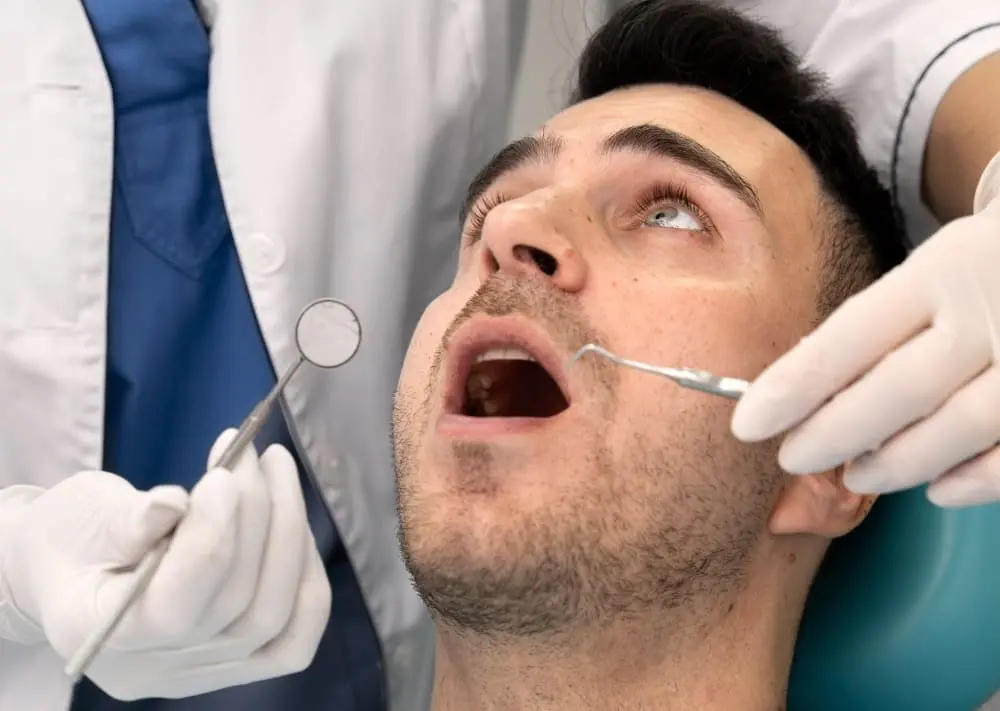

A cracked tooth can be a distressing experience. Whether you accidentally bit into something hard, suffered a trauma, or just noticed a crack, it’s crucial to address the issue promptly. This guide will walk you through what to do if you have a cracked tooth, helping you understand the symptoms, treatment options, and preventive measures.
A cracked tooth occurs when a tooth develops a fissure or split. This condition can range from minor surface cracks to deep fractures affecting the tooth’s structure. Here are some common types of tooth cracks:
These are tiny cracks that only affect the outer enamel layer. They are usually innocuous and don’t require treatment.
A piece of the tooth’s chewing surface breaks off, often due to a cavity or filling.
This crack extends from the chewing surface towards the root but doesn’t yet affect the tooth’s pulp.
This occurs when a cracked tooth extends through the entire tooth, dividing it into two parts.
This type of crack begins in the root and extends towards the chewing surface, often affecting the tooth’s nerve.
You will be interested on: Wisdom Teeth Removal in Dubai
Cracked teeth can present various symptoms, including:
If you experience any of these symptoms, it’s essential to seek dental care as soon as possible.
Keep reading: Teeth Cleaning Cost in Dubai
If you suspect you have a cracked tooth, follow these immediate steps:
Use warm water to rinse your mouth. This can help remove any debris and soothe discomfort.
Apply a cool compress to the outside of your mouth to minimize swelling and pain.
To prevent further damage, eat soft meals and avoid chewing on the affected side.
Use over-the-counter pain relievers like ibuprofen to manage pain until you can see a dentist.
Schedule an appointment with dentist as soon as possible. During the visit, dentist will conduct a thorough examination, which may include:
Based on the results, dentist will propose an appropriate treatment strategy.
You will be interested on: Digital Smile Design in Dubai
The treatment for a fractured tooth depends on the severity and location of the crack.
For minor cracks or surface damage, dental bonding can repair and seal the crack. This involves applying a tooth-colored resin to the affected area.
If the crack extends deeper into the tooth, a dental crown may be needed. The crown covers the entire tooth, providing strength and protection.
If the crack affects the tooth’s pulp or nerve, a root canal may be necessary. This procedure involves removing the damaged pulp and sealing the tooth before placing a crown.
In severe cases where the tooth cannot be saved, tooth extraction might be the only option. Your dentist will discuss replacement options, such as implants or bridges.
Keep reading: Dental Clinic in Dubai
To avoid future cracks and maintain overall dental health, consider these preventive measures:

Dealing with a cracked tooth can be challenging, but prompt action can help prevent further damage and ensure effective treatment. If you notice any symptoms of a cracked tooth, follow the immediate steps outlined above and make an appointment with your dentist. By understanding the different types of cracks, their symptoms, and available treatments, you can take the necessary steps to address the issue and maintain your oral health.
Remember, your dentist is your best resource for diagnosing and treating a cracked tooth. Regular dental visits and good oral hygiene practices will help keep your teeth strong and healthy, reducing the risk of future dental issues.